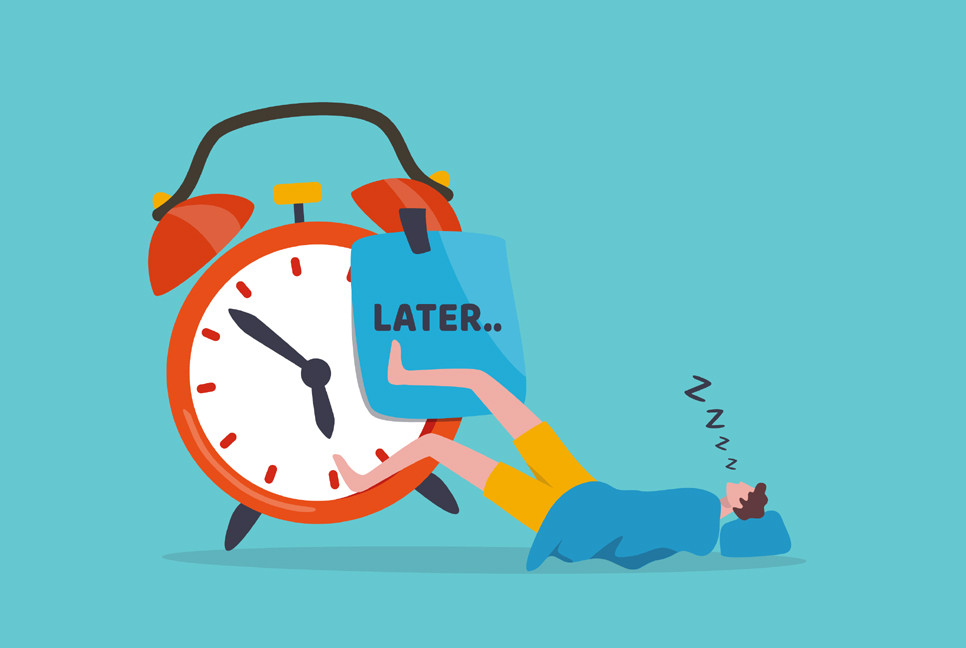Fitness has evolved from a passing trend to a full-fledged lifestyle. With everything from pre-dawn yoga sessions to late-night gym workouts, people are increasingly finding inventive ways to fit exercise into their busy lives. The popularity of fitness challenges, social media transformation stories, and wearable trackers underscores the growing commitment to health and wellness.
However, as the drive to achieve fitness goals—whether it's weight loss, muscle gain, or simply staying active—grows stronger, one important factor is often overlooked: balance. Starting a fitness routine is a powerful first step, but knowing when to rest is just as vital. Over-exercising is a real concern, and pushing too hard can do more harm than good.
It’s easy to assume that more exercise leads to better results. After all, if one hour at the gym feels rewarding, wouldn’t two or three be even more beneficial? Unfortunately, the body doesn’t always agree. Overtraining can trigger a range of negative effects, impacting both physical health and mental well-being.
Dr Surender Pal Singh, HOD physiotherapy department at the CK Birla Hospital, Delhi, says, “Overloading the body beyond its capacity, especially when the workout isn’t calculated, can lead to injuries and fatigue. It’s essential to follow principles like the one-rep max for strength training and monitor your cardiovascular capacity through VO2 max for safe, effective workouts. Pushing beyond these limits can strain the body and lead to overtraining syndrome, negatively affecting performance and health.”
Rest is not a sign of slacking—it’s an essential component of any fitness routine. During periods of rest, the body goes to work repairing muscle fibers, replenishing energy stores, and building strength. Neglecting rest can lead to frustrating plateaus, where progress stagnates or even stops entirely, and in more severe cases, can result in injuries.
In addition to preventing physical setbacks, rest days play a crucial role in maintaining motivation and avoiding burnout. Taking time to recover helps keep energy levels high, ensuring you stay engaged and excited about your fitness journey.
Moreover, proper rest supports muscle recovery, allowing your muscles to rebuild stronger and more resilient. This not only reduces the risk of injury but also boosts overall performance, helping you reach your fitness goals more effectively and efficiently.
Recognizing when you're overexerting yourself starts with tuning in to your body’s signals. According to Shreedhar R, a fitness expert at Cult, persistent fatigue, a loss of motivation, and a decline in workout performance are key warning signs. When exercise starts to feel more like a burden than an energizing activity, it may be time to reassess both the intensity and frequency of your routine.
“Many people ignore subtle signs of overtraining, often mistaking them as a challenge to push through. Persistent soreness that doesn’t go away, irritability, poor sleep, and frequent minor injuries are often overlooked signals. If you’re noticing these symptoms, it’s essential to take a step back and allow your body time to recover,” says Shreedhar.
Experts recommend allowing 24 to 48 hours of rest for a muscle group following an intense strength training session. However, Dr. Singh notes that the ideal rest period can vary depending on an individual’s training level and age.
“Adequate rest between workouts is crucial for muscle recovery and injury prevention. Ignoring rest can impede progress and increase the risk of strain or injury,” he explains.
As we age, our ability to recover from intense workouts changes, making it important to adjust exercise intensity accordingly.
“Younger individuals may bounce back quickly, while older adults generally require longer recovery times and lower workout intensity to avoid strain. This isn’t a limitation but an adaptation—embracing a balanced approach is key to sustaining lifelong fitness,” says Shreedhar.
Recently, a number of alarming videos have surfaced on social media showing individuals collapsing—often due to cardiac arrest—while using treadmills or lifting weights. This has raised concerns about the potential dangers of intense workouts. So, can extreme exercise be fatal? Experts weigh in:
“Excessive exercise, particularly without proper precautions and training protocols, can increase the risk of cardiac problems, especially if an underlying condition is present,” explains Dr. Singh.
When individuals push themselves beyond their physical limits, particularly during high-intensity exercises, the strain on the heart can lead to serious cardiovascular events, such as heart attacks or cardiac arrest—especially for those unaware of their heart health status.
To avoid the risks associated with overexertion, experts recommend staying within a safe heart rate zone and not pushing beyond your physical limits during workouts.
Finding the right balance between training and recovery isn’t about taking it easy—it’s about working smarter. A well-rounded approach to fitness involves mixing up your routine with different types of exercises, including cardio, strength training, and flexibility work. This variety helps prevent burnout while targeting different muscle groups and improving overall performance.
Nutrition also plays a key role in supporting both performance and recovery. Fueling your body with a balanced diet ensures that you have the energy needed for intense workouts and helps speed up muscle recovery afterward.
Equally important is getting enough sleep. Quality rest is essential for muscle repair and mental well-being, and it’s just as important as any workout session.
Finally, it’s crucial to listen to your body. Signs of pain, exhaustion, or irritability are often indicators that it's time to step back and allow for proper recovery.
(Source: Indiatoday)
BD-Pratidin English/Mazdud







































































